The Histamine Bucket: The Real Reason You’re Getting Random Headaches and Rashes
For years, I’ve seen countless people walk through my door with the exact same, frustrating story. They’re dealing with mysterious headaches, sudden skin rashes, a perpetually stuffy nose, or a gut that’s always upset. They’ve done everything right—they cut out gluten, ditched dairy, but nothing seems to stick. A meal that was fine on Monday makes them feel awful on Wednesday. It all feels so random.
In this article
More often than not, the culprit is something they’ve never even heard of: histamine in their food.
Now, let’s get one thing straight. This isn’t a classic food allergy, which involves a very specific immune reaction. We’re talking about histamine intolerance, which is a whole different ball game. Honestly, the best way to think about it is to imagine your body has a bucket. Every day, your body naturally makes some histamine to do important jobs, adding a little to the bucket. Then, the food you eat can add a lot more. Your body has an enzyme called diamine oxidase (DAO) whose job is to constantly empty that bucket.
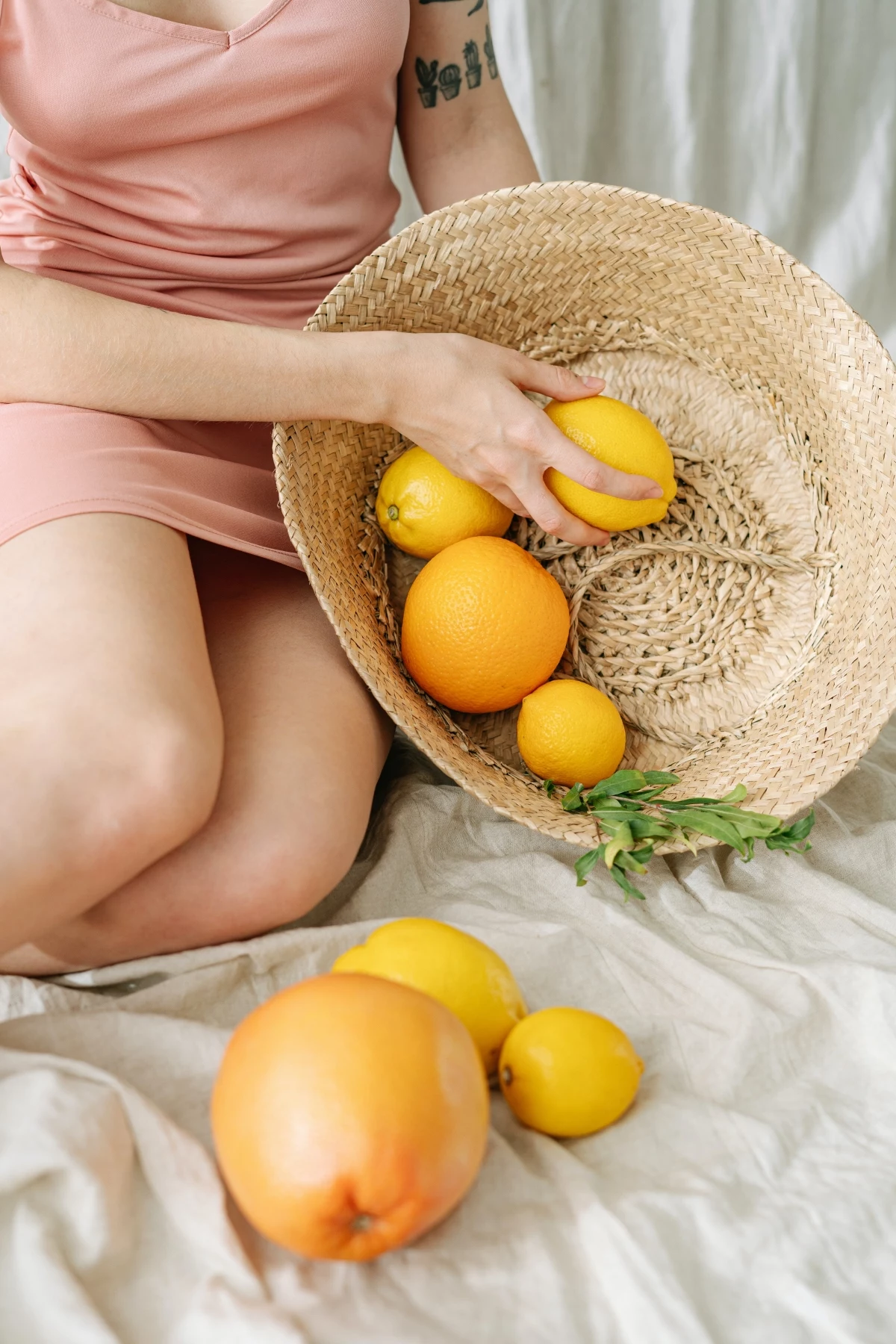
Histamine intolerance happens when you’re filling the bucket faster than your DAO enzyme can empty it. When it overflows? That’s when you get the headaches, hives, and upset stomach. This guide is all about helping you understand what’s filling your bucket and how to get your system back in balance.
So, What’s the Deal with Histamine?
Most of us only know histamine from allergy medicine commercials, where it’s painted as the bad guy causing all that sneezing and itching. But in reality, histamine is a vital compound your body actually needs. It helps your stomach make acid to digest food, works as a messenger in your brain, and, yes, it’s a key player in your immune system, helping you fight off germs.
The problem isn’t the histamine itself, but having too much of it hanging around. Your body has two main cleanup crews for excess histamine:
-
Diamine Oxidase (DAO): This is the superstar enzyme for dealing with histamine from food. It works right in your small intestine. If your DAO levels are low, histamine from your dinner can cruise right into your bloodstream and start causing chaos. I’d say for the vast majority of people I work with, low DAO function is the root of the problem.
-
Histamine N-methyltransferase (HNMT): This enzyme works inside your cells to handle the histamine your body produces itself. It’s important, but less of a factor for the food-related issues we’re talking about.
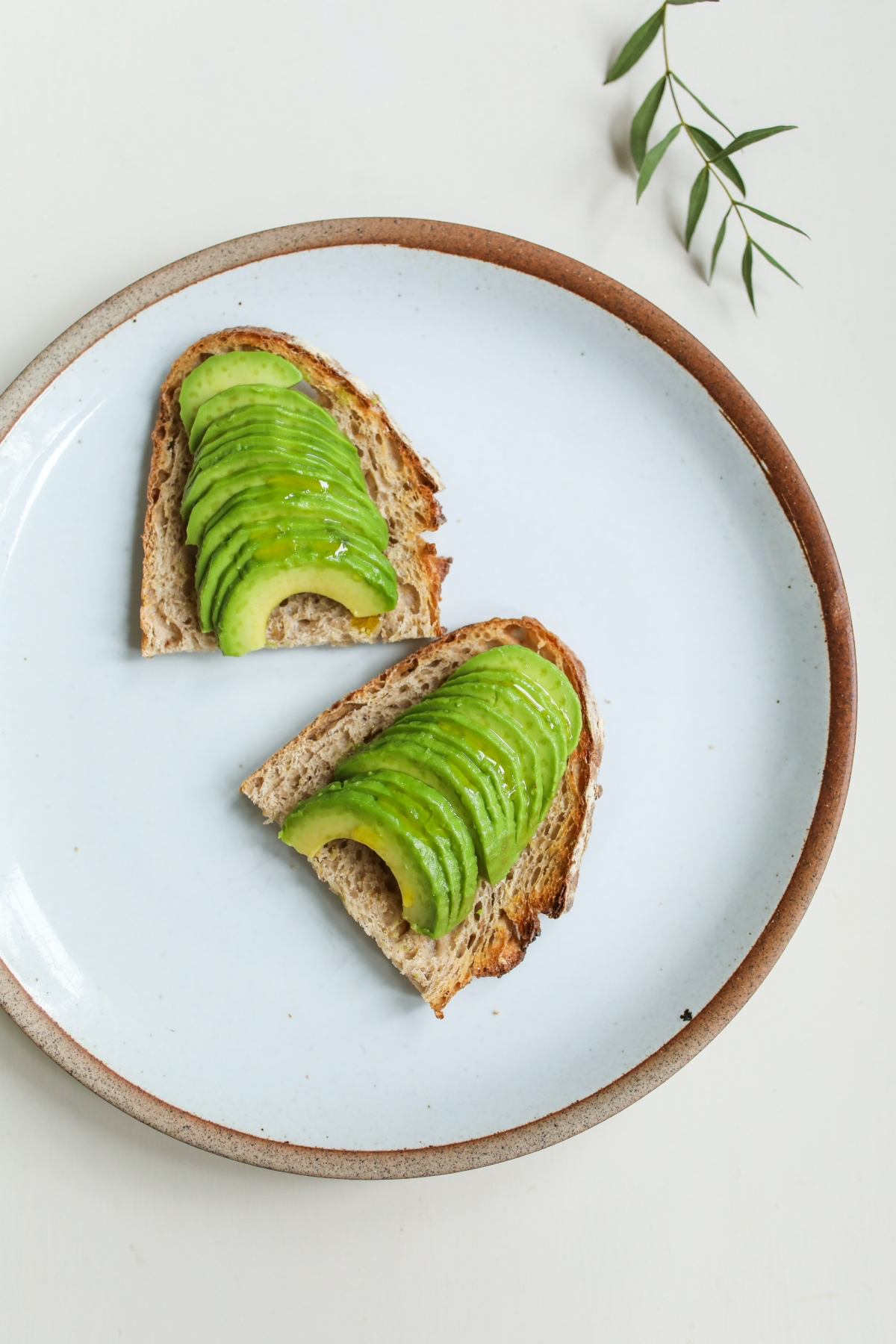
So, this is really an enzyme issue, not an immune issue. Several things can mess with your DAO levels. Genetics can play a part—some people are just born with a less efficient version of the enzyme. But gut health is HUGE. Any condition that damages the gut lining, from celiac to a simple stomach bug, can reduce DAO production. Oh yeah, and certain medications can block the enzyme, too.
Heads up! If you’re on any regular medication, especially for blood pressure or depression, it’s worth asking your pharmacist if it’s a known DAO inhibitor. It could be a major piece of your puzzle. And the biggest offender of all? Alcohol. It’s a major DAO blocker, which is why a single glass of red wine can be a massive trigger for some people.
The Usual Suspects: Identifying High-Histamine Foods
Okay, let’s get to the practical stuff. Knowing which foods are high in histamine is your first step. The key thing to remember is that histamine isn’t static; it increases as food ages, ripens, and ferments. The golden rule is: anything aged, fermented, or leftover is a potential problem.
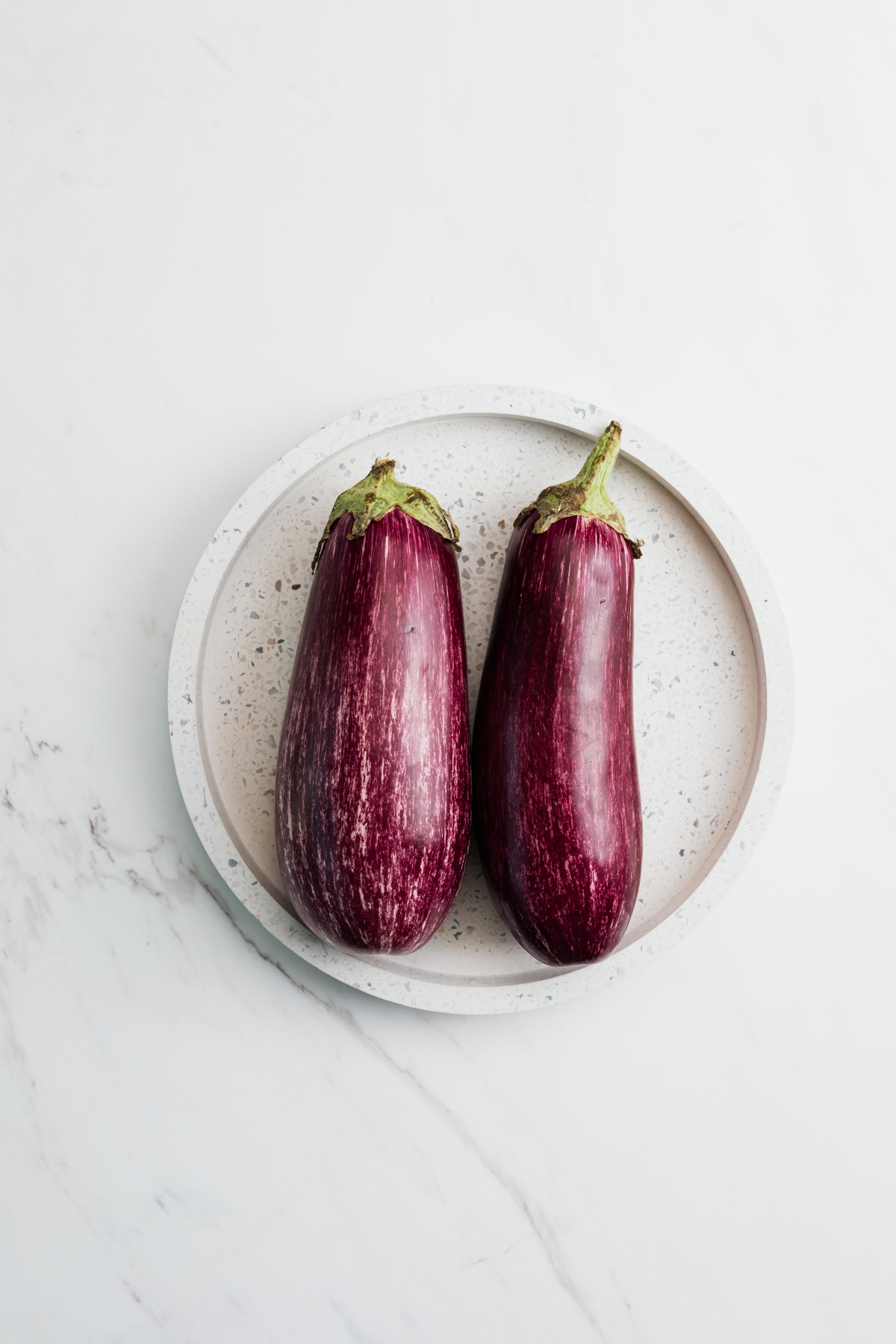
Fermented Foods and Drinks
Fermentation is great for creating beneficial probiotics, but it’s a process that also churns out a ton of histamine. It’s a natural part of what the microbes do.
- Instead of Sauerkraut or Kimchi, which are histamine powerhouses, try a fresh cabbage slaw with a simple olive oil and lemon juice dressing for that satisfying crunch.
- Instead of Yogurt and Kefir, which get more histamine-rich the longer they ferment, you might try a smoothie with coconut milk and low-histamine fruits.
- Instead of Kombucha, which is a double-whammy (fermented and tea-based, which can block DAO), stick to plain water or herbal teas like peppermint or chamomile.
- Instead of Wine and Beer, which are both fermented and block your DAO enzyme, try a simple cocktail with a clear liquor like gin or vodka, mixed with sparkling water and a splash of low-histamine fruit juice.
Aged Cheeses and Cured Meats
Time is the enemy here. As foods age and cure, their proteins break down into histamine.
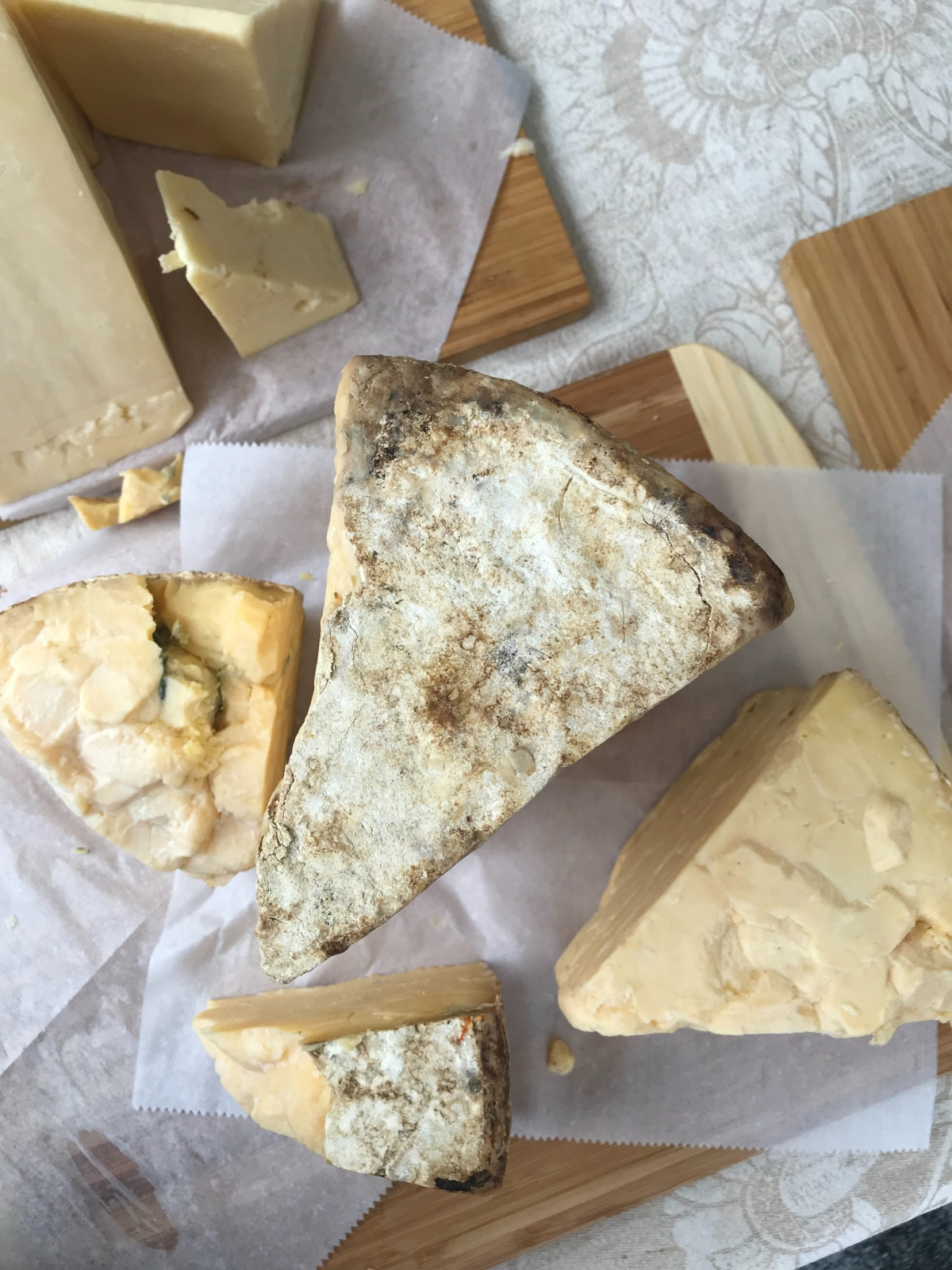
- Craving that salty hit from aged Parmesan or sharp cheddar? Try using fresh cheeses instead. Think creamy ricotta, fresh mozzarella, or cottage cheese. They give you that dairy satisfaction without the histamine load.
- Love a good charcuterie board? Unfortunately, things like salami, pepperoni, and prosciutto are some of the biggest triggers. A much safer bet is freshly cooked meat or poultry. A few slices of freshly roasted turkey can be a great substitute for cured sandwich meat.
Problematic Fruits and Vegetables
It’s not about spoilage—some plants are just naturally high in histamine.
- Spinach: Out of all the leafy greens, spinach is the one to watch. Luckily, kale, arugula, and romaine lettuce are all great low-histamine alternatives.
- Eggplant and Tomatoes: Many people who think they have a nightshade sensitivity are actually just reacting to the histamine here. Ketchup and tomato paste are the worst offenders. For sauces, a “nomato” sauce made from carrots, beets, and herbs can be a surprisingly good substitute.
- Avocado: This one always surprises people! Histamine builds as it ripens. A perfectly ripe, green-fleshed avocado is better than one that’s getting soft and brown. Try eating just a quarter or a half and see how you do.

A Special Warning on Fish
Okay, pay close attention to this section, because it’s about safety. Certain fish (like tuna, mackerel, and mahi-mahi) are naturally high in a compound that bacteria convert into histamine very, very quickly after the fish is caught. This can lead to something called “scombroid poisoning,” which feels like a severe allergic reaction.
My number one rule for clients: Freshness is EVERYTHING. Buy your fish from a place you trust, where it’s kept on ice. It should smell clean, like the ocean—no exceptions. Cook it the same day you buy it. Canned and smoked fish are almost always off-limits.
To save money: This is where frozen-at-sea fish becomes your best friend. You can find great options at places like Trader Joe’s or in the freezer aisle at Costco. Because it’s flash-frozen on the boat, the histamine-creation process is stopped in its tracks. It’s often cheaper and safer than the “fresh” fish that’s been sitting in the display case.
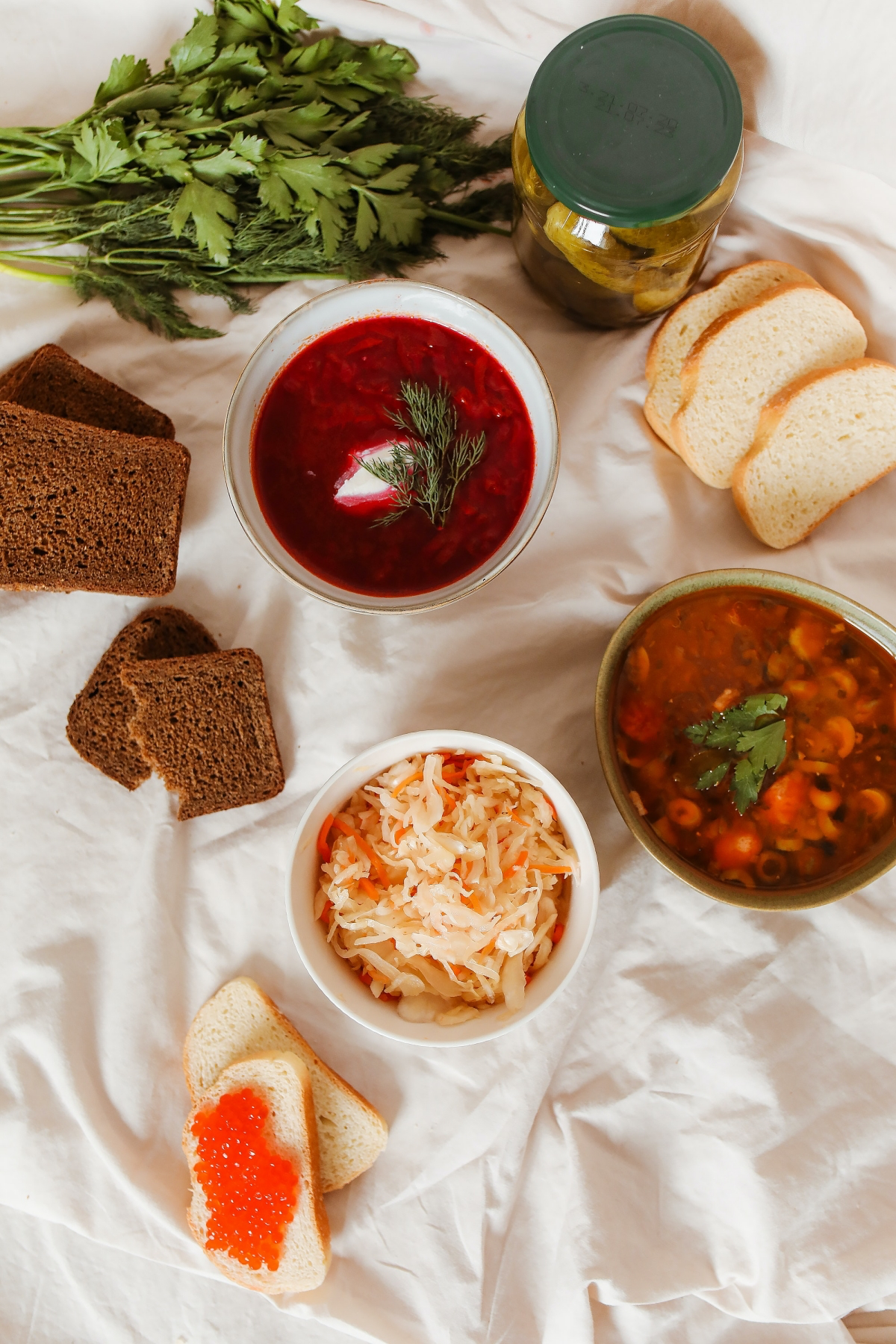
Beyond the Obvious: Liberators and Blockers
Just when you think you’ve got it figured out, there’s a plot twist. It’s not just about the histamine in the food. Some foods, known as “liberators,” poke your body’s cells and make them release their own stored histamine. Others act as “blockers,” interfering with that all-important DAO enzyme.
- Common Liberators: Citrus fruits (lemons, oranges), pineapple, bananas, strawberries, chocolate, and some nuts like walnuts and pecans.
- Common DAO Blockers: Alcohol is the big one, but black tea, green tea, and many energy drinks can also slow down your histamine cleanup crew.
This is why the total load matters so much. You might blame the aged cheese on your pizza, but the tomato sauce (high histamine), the pepperoni (high histamine), and the glass of red wine you had with it (high histamine AND a DAO blocker) all worked together to make your bucket overflow.
Your Action Plan: How to Actually Manage This
Finding this all out can feel completely overwhelming. I get it. But the goal isn’t to live on a crazy-restrictive diet forever. The goal is to lower your total histamine load, give your body a chance to heal, and then figure out what your personal tolerance is.
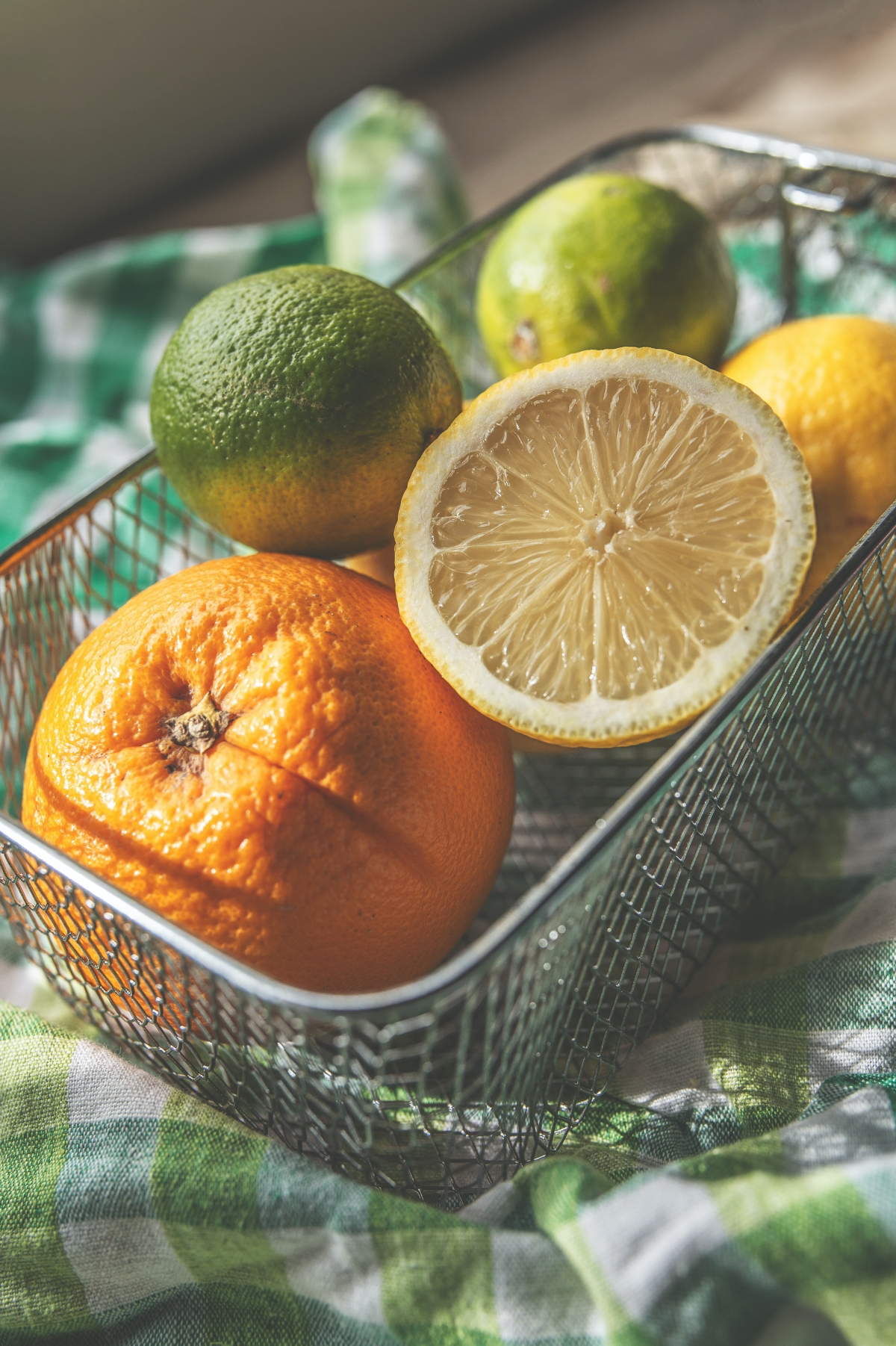
Phase 1: The Low-Histamine Reset (3-4 Weeks)
First, you need to go on a strict, but temporary, low-histamine diet. This is a diagnostic tool to calm your system and see if histamine is truly the issue. If you feel dramatically better after 2-3 weeks, you have your answer.
Your First Low-Histamine Grocery Run:
- Proteins: Fresh chicken or turkey breasts, fresh white fish like cod or haddock (or frozen-at-sea), eggs.
- Grains: Rice, quinoa, gluten-free oats.
- Veggies: Carrots, cucumbers, broccoli, cauliflower, zucchini, sweet potatoes, leafy greens (except spinach).
- Fruits: Apples, pears, peaches, mangoes, blueberries.
- Fats: Olive oil, coconut oil.
What a day might look like:
For breakfast, you could have gluten-free oats with some sliced peaches and a sprinkle of cinnamon. Lunch could be a big salad with grilled chicken, cucumber, carrots, and an olive oil dressing. For dinner, maybe some freshly baked cod with roasted broccoli and quinoa. It’s all about keeping it fresh and simple.
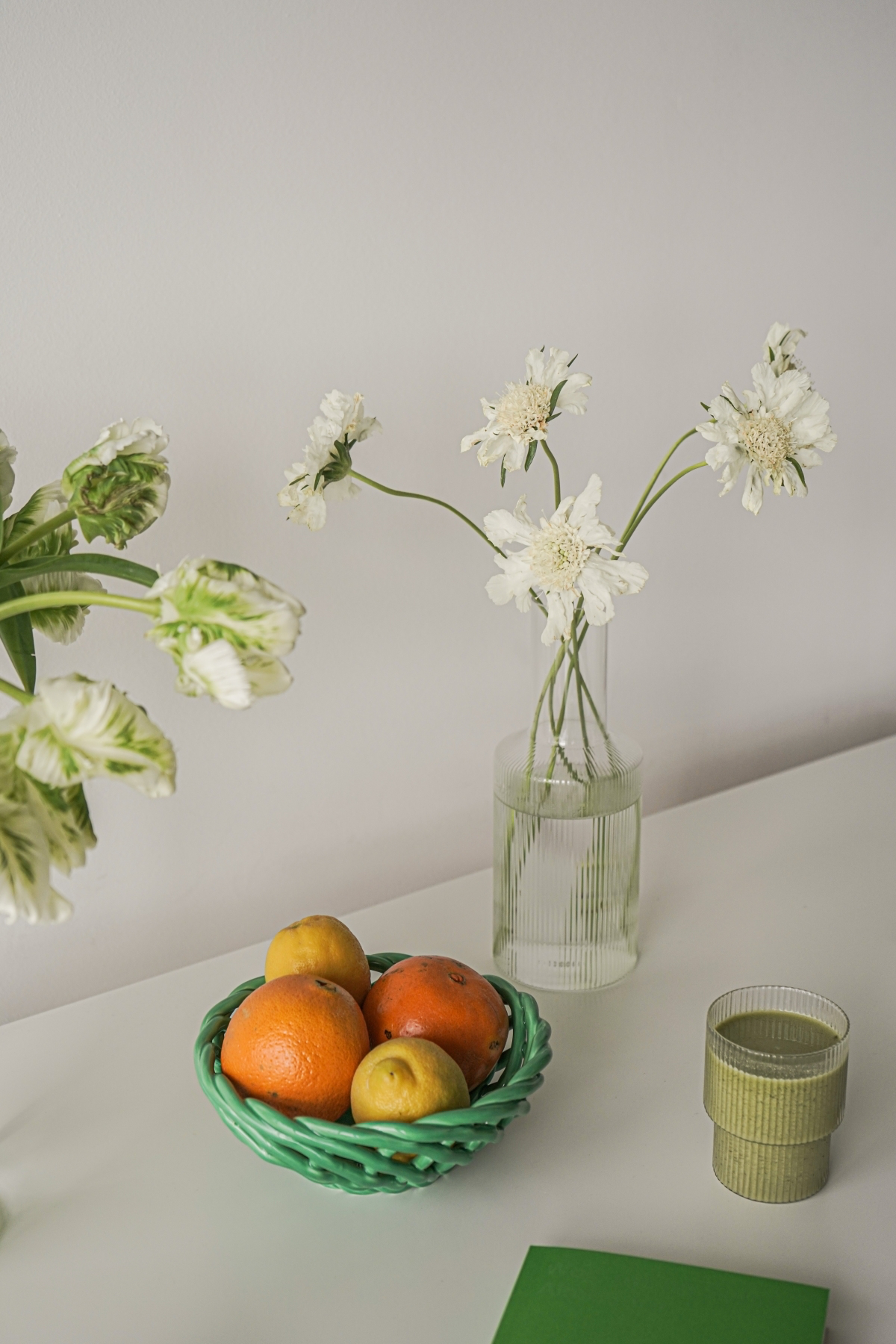
Two Game-Changing Rules: Leftovers and Supplements
Before you start, you need to know these two tricks. They make all the difference.
1. The Leftover Rule: Freeze It Immediately. Histamine develops in food as it sits, even in the fridge. A meal that was fine on Sunday night could be a trigger by Monday’s lunch. The best practice is to freeze any leftovers right away in single-serving portions. Don’t even let them sit in the fridge overnight.
2. The Supplement Secret: DAO Enzymes. Yes, you can actually buy the DAO enzyme in a supplement form! They aren’t a cure, but they are an incredible tool. You take a capsule about 15-20 minutes before a meal that you suspect might be higher in histamine. The enzyme gets to work in your gut, helping you break down the histamine from the food before it causes problems. You can find them online or at most health food stores for about $30-$50 a bottle. They can be a lifesaver for social situations or when you just really want that slice of pizza.
Phase 2: Reintroducing Foods (Slowly!)
Once you’re feeling good, it’s time to test the waters. This has to be done one food at a time, or you’ll end up right back where you started: confused.
Keep a simple food-and-symptom diary. For each new food, write down what it was, how much you ate, and any symptoms over the next 48 hours. Symptoms can be delayed, so don’t rush it!
Here’s what a real entry might look like for a client reintroducing avocado:
“Monday, 1:00 PM: Ate 1/4 of a ripe avocado on a rice cake. Felt fine all afternoon.
Monday, 8:00 PM: Noticed a slight stuffy nose (Symptom: Congestion, Severity: 2/10).
Tuesday, 9:00 AM: Nose is clear. Feeling good. Note: 1/4 avocado seems okay, will try 1/2 next week.”
A few common mistakes to avoid:
- Reintroducing too fast. Give yourself at least two clear days between testing new foods.
- Testing a mixed meal. Don’t reintroduce pizza. Reintroduce cheese. Or tomato sauce. Test one ingredient at a time.
- Forgetting to track small or delayed symptoms. A little bit of brain fog or a slight headache the next day counts!
This process takes patience, but it’s so empowering. You’re not just following a list; you’re building a personalized diet that works for your body. It’s the first step to finally getting off the random-symptom rollercoaster for good.
Inspirational Gallery
Did you know? Leftovers are a major source of hidden histamine. The bacteria on food continue to multiply even in the fridge, producing histamine as they do. Fish and ground meats are especially susceptible. For best results, freeze leftovers immediately instead of refrigerating them for days.
Can I still drink coffee on a low-histamine diet?
It’s complicated. While coffee beans themselves are low in histamine, coffee can act in two ways: it can trigger your body to release its own histamine, and it may also block the DAO enzyme responsible for breaking it down. The only way to know for sure is to test it for yourself. If you do, opt for high-quality, mold-free beans from a brand like Purity Coffee, as mold can be another trigger.
- Less brain fog and more consistent energy.
- A noticeable reduction in skin redness and itching.
- Fewer random headaches and clearer sinuses.
The secret isn’t just avoidance. It’s also about actively stabilizing your mast cells. Foods rich in quercetin, like fresh red onions and apples, or spices like fresh ginger and turmeric, can help prevent your body from releasing its own histamine in the first place.
When your histamine bucket is already high, it’s not just food that can make it overflow. Non-food triggers are just as important to manage. High stress levels, poor sleep, and even intense exercise can cause your mast cells to release histamine, adding to your total load without you ever taking a bite.
DAO Supplement vs. Quercetin:
DAO Supplement: Think of a product like Omne Diem’s Histamine Digest as direct, temporary support. You take it just before a meal to help break down the histamine in the food you’re about to eat. It’s a tactical solution for meals you can’t control.
Quercetin: This is a natural bioflavonoid that works as a long-term stabilizer for your mast cells, helping to prevent them from releasing histamine in the first place. It’s a strategic approach to lowering your body’s overall reactivity.
Dining out can feel like navigating a minefield, but choosing the right cuisine makes all the difference. The goal is to find dishes made from the freshest, most simply prepared ingredients.
- Safer Bets: Japanese cuisine (fresh sashimi, hold the soy sauce and vinegar), a simple grilled steak or chicken with steamed vegetables, or a fresh salad with a simple olive oil and lemon dressing.
- Use Caution: Cuisines heavy on aged, cured, or fermented ingredients like Italian (cured meats, aged cheeses, tomato sauce) or Mexican (avocado, sour cream, fermented salsas).
A 2018 study in the journal Nutrients highlighted that certain common medications, including some antidepressants, muscle relaxants, and even over-the-counter painkillers like NSAIDs, can significantly inhibit the function of the DAO enzyme.
This means your medication could be unintentionally making your histamine intolerance worse. If you suspect a connection, it’s a crucial conversation to have with your doctor. They may be able to suggest an alternative medication that doesn’t interfere with your DAO activity.
Simple swaps can dramatically lower the histamine load of your favorite meals without sacrificing flavor.
- Instead of aged balsamic or red wine vinegar for tang, use the juice of a fresh lemon or lime.
- For that savory, umami depth, replace soy sauce or tamari with a small amount of high-quality mushroom powder.
- Craving creaminess? Blend soaked and peeled macadamia nuts or a little coconut cream instead of using yogurt or sour cream.










